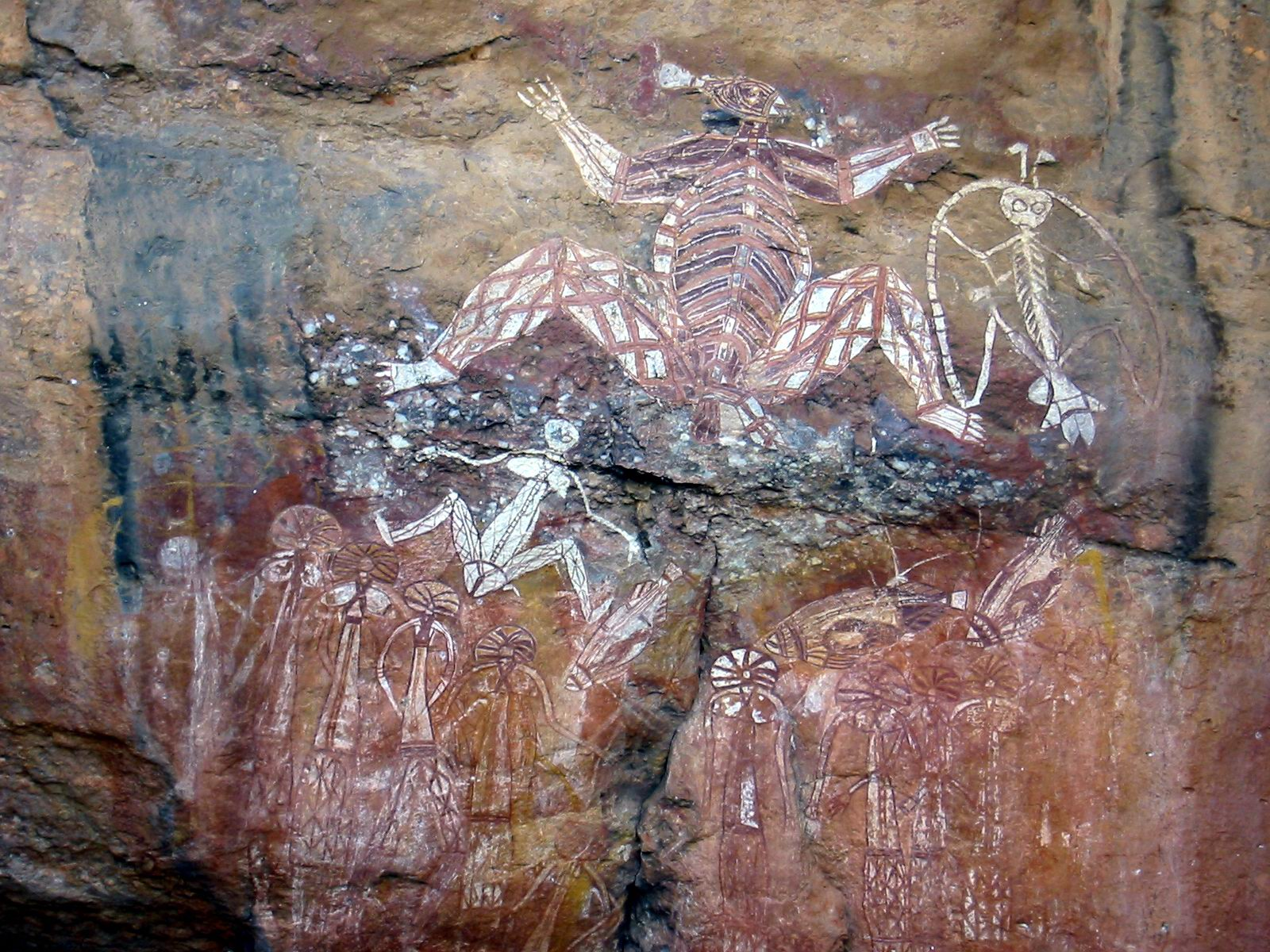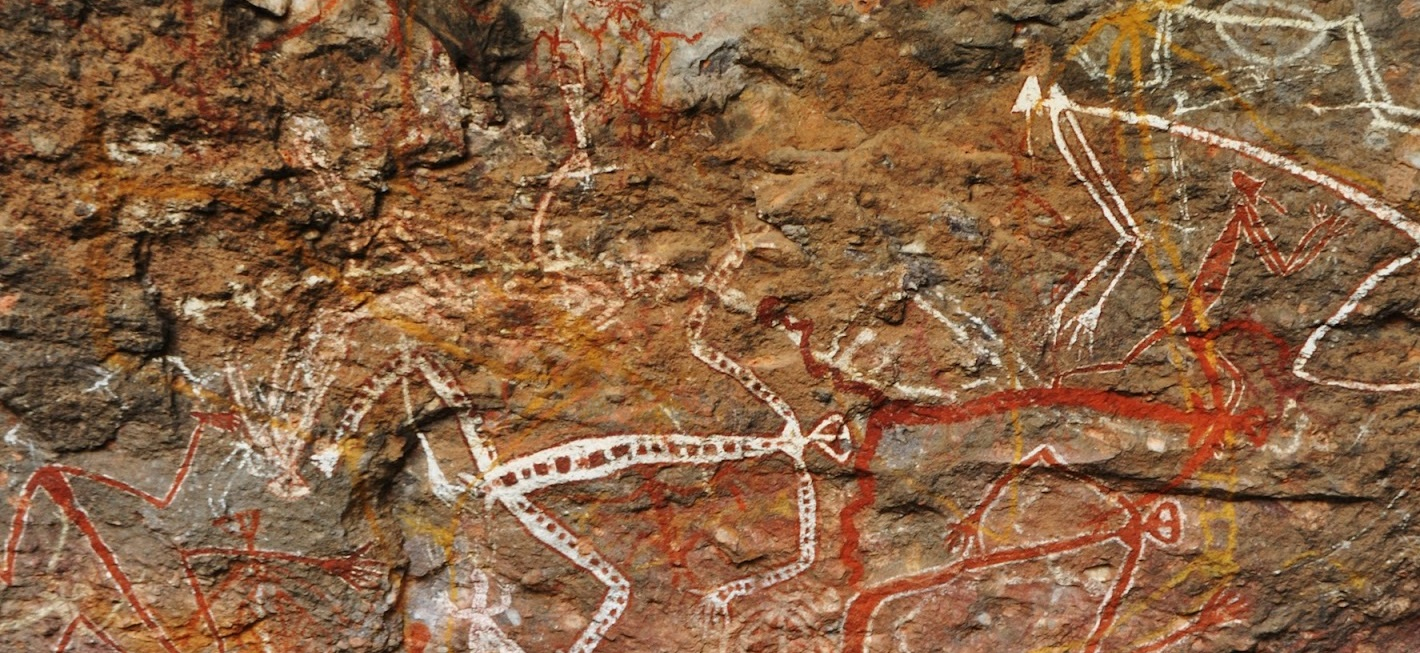Kakadu National Park, located in the Northern Territory of Australia, is not only a natural wonder but also a profound cultural landscape, rich with Aboriginal art that dates back thousands of years. This art form is a captivating fusion of history, spirituality, and identity, offering an unparalleled glimpse into the oldest living culture on earth. In this article, we delve into the mesmerizing world of Kakadu Aboriginal art, exploring its origins, meanings, and the way it captures the essence of both the past and present. The main topic of this piece is to uncover the deep connection between the art and the land, the people who create it, and how it continues to thrive. From rock art to contemporary pieces, this art form tells the story of the Aboriginal people and the land they have cherished for millennia.
The Origins and History of Kakadu’s Indigenous Art

Kakadu’s Indigenous art is more than just visuals; it embodies the connection between the ancestors and the living world. This art form has persisted through the millennia, serving as a conduit for storytelling and preserving the rich tapestry of Aboriginal myths and wisdom. Archaeologists have traced rock art in this region back as far as 20,000 years, with some estimates suggesting even earlier origins. Through these ancient artworks, the Aboriginal people of Kakadu have portrayed their lifestyle, beliefs, and the animals that share their homeland.
Despite the changes over thousands of years, the core purpose of Kakadu Aboriginal art remains the same – to educate, narrate, and keep the Dreamtime stories alive for future generations. This continuous thread of cultural heritage speaks volumes about the resilience and adaptability of Indigenous peoples.
Artistic Forms and Motifs in Kakadu Aboriginal Art
The artistic forms and motifs of Kakadu Aboriginal art are incredibly diverse, reflecting the rich cultural fabric of the region’s Indigenous inhabitants. Among the most striking expressions of this art are the rock paintings that adorn the walls of caves and escarpments. These paintings often depict scenes of hunting, spiritual figures, and indigenous wildlife, serving as a visual chronicle of the community’s cultural legacy.
Bark paintings, another significant medium, have been a traditional form of art for centuries, and like rock art, these often relay important cultural narratives or laws. This medium has evolved with the use of modern materials, while still honoring ancient techniques and stories.
The Indigenous people of Kakadu also create intricate weavings and crafts that go beyond visual beauty. These pieces are rich with symbolic meaning and practical use, intertwining aesthetic appeal with storytelling and functionality.
Meanings Behind Kakadu Aboriginal Art
Each piece of Kakadu Aboriginal art is a palimpsest of symbols, each carrying profound meaning tied to the Dreamtime—the time of creation according to Aboriginal mythology. Artists encapsulate stories and transmit knowledge through an array of symbolic representations, including totems and ancestral beings. These works often serve an educational role, teaching viewers about the law, spirituality, and the environment.
The often complex iconography seen in Kakadu Aboriginal art is steeped in layers of meaning, some of which may only be fully understood by certain members of the Indigenous community. However, viewers can appreciate the universal themes of kinship, survival, and reverence for the earth that are inherent to these works.
Influence of Natural Environment on Kakadu Art
The natural environment plays a central role in shaping the narrative and aesthetic of Kakadu Aboriginal art. The artists skillfully weave depictions of local flora and fauna into their artwork as metaphors for larger stories or lessons. These organic elements represent a deep harmony between the people and their land.
The dynamic cycle of seasons in Kakadu, from monsoon to dry periods, has a notable impact on artistic output. These fluctuations are not only depicted visually but also influence the materials and colors used by the artists—tying the art ever closer to the rhythms of the natural world around them.
Preserving and Promoting Kakadu Aboriginal Art
The preservation and promotion of Indigenous art and culture in Kakadu are paramount, with initiatives in place to ensure that this rich heritage endures. Art centers in the region play a crucial role by offering artists the space and resources needed to practice and evolve their craft, while also serving as educational hubs for visitors.
There are crucial ethical considerations in the sale and display of Kakadu Aboriginal art, ensuring that the rights of the artists and their communities are continually respected. The rise of art tourism has added both opportunities and challenges, making the discourse around cultural preservation even more important.
Contemporary Kakadu Aboriginal Art and Artists
Contemporary Kakadu Aboriginal art bridges the gap between ancestral traditions and the present day, with artists drawing inspiration from their rich past while engaging with modern themes and materials. Today’s artists are not confined to the art forms of their ancestors; instead, they innovate and push boundaries, creating compelling work that speaks to both historical narratives and contemporary experiences.
Prominent artists from Kakadu are gaining recognition both within Australia and internationally, speaking to the universal language of art while sharing their unique perspectives. For art enthusiasts, these contemporary pieces are a portal to understanding the vitality of Kakadu’s Aboriginal culture and its evolving artistic expressions.
The Global Recognition of Kakadu Aboriginal Art
The reach of Kakadu Aboriginal art extends far beyond the confines of its geographic origins. International exhibitions provide a platform for these works to captivate global audiences, enhancing the visibility and appreciation of Indigenous Australian art. The narrative power of these pieces transcends cultural boundaries, inviting viewers into a dialogue with ancient wisdom and contemporary reflection.
Museums and galleries around the world have incorporated Kakadu Aboriginal art into their collections, introducing a broader audience to its distinctive style and profound cultural significance. This global platform not only showcases the beauty of the art but also underscores the importance of cultural preservation and the value of diversity in the arts.
Conclusion
Kakadu Aboriginal art is a living tapestry, rich in history and alive with contemporary significance. It serves as a testament to the cultural fortitude and creativity of the Indigenous peoples of Australia. As we continue to celebrate and share this art, we contribute to sustaining Kakadu’s Aboriginal culture. By engaging with these works, we foster a deeper understanding of their intrinsic value and the stories they hold. For those interested in experiencing this cultural gem, a 3 day Kakadu tour offers an immersive opportunity to witness the art and land that inspire it.
FAQs
- Q1: What makes Kakadu Aboriginal art unique compared to other Indigenous Australian art styles?
- A1: Kakadu Aboriginal art stands out for its intricate connection with the landscape and ecology of the region, featuring distinct local flora, fauna, and topography. It reflects the traditional stories and customs of the area, making it unique to the people of Kakadu.
- Q2: Are there any restrictions or cultural protocols to be aware of when viewing or purchasing Kakadu Aboriginal art?
- A2: It is vital to respect the cultural value and significance of the art. Some works may only be viewed or sold with permission from the community. Always ensure that art is purchased through ethical channels that support the Indigenous artists directly.
- Q3: How can visitors experience Kakadu Aboriginal art when traveling to Australia?
- A3: Visitors can engage with Kakadu Aboriginal art by participating in a 3 day Kakadu tour that includes visits to art sites, cultural centers, and local galleries. Guided tours provide a deeper insight into the art and its context.
- Q4: How does contemporary Kakadu Aboriginal art differ from traditional art forms?
- A4: Contemporary art may integrate modern materials and techniques, addressing current issues while keeping traditional themes alive. Artists today have more freedom to explore new concepts, styles, and modes of expression.
- Q5: Can I learn about Kakadu Aboriginal art online if I can’t visit Australia?
- A5: Yes, there is a wealth of digital resources that showcase Kakadu Aboriginal art. Online galleries, virtual exhibits, and educational sites offer glimpses into this art form for those unable to visit in person.
